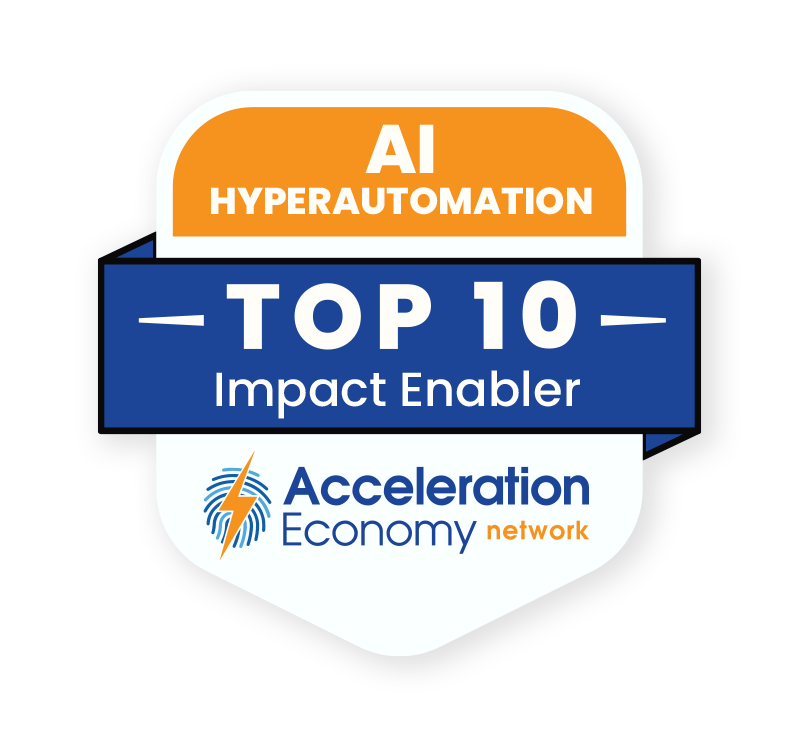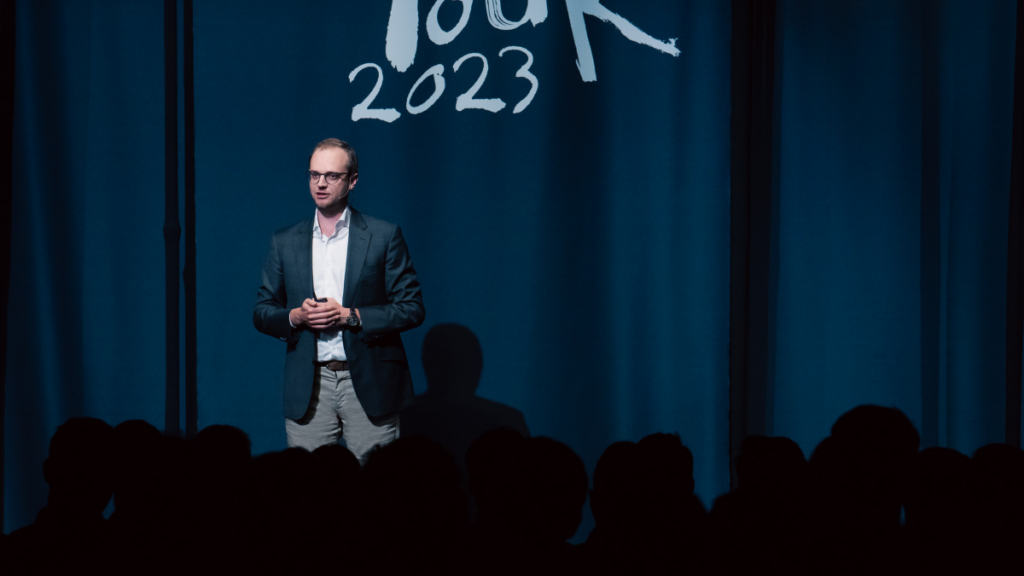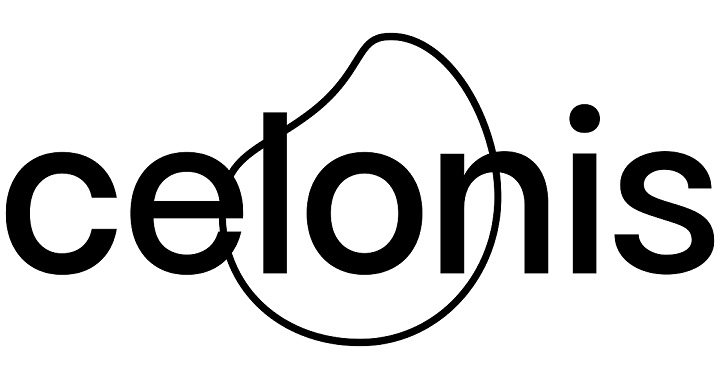Alex Rinke, co-CEO and co-founder of Celonis, met with Acceleration Economy to address the top five buyer questions developed by our practitioner analysts representing the modern executive buying committee, as part of the vendor Q&A portion of the Process Mining Battleground.
Rinke touched on customer use cases and priorities, as well as competitive differentiators and the company’s plans with artificial intelligence (AI) and generative AI. Below are the biggest takeaways from our discussion.
Top Customer Use Cases and Industries
While process mining often starts off in financial operations — accounts payable, accounts receivable, the “back office” — that quickly extends across the supply chain and into “front-office,” customer-facing apps, Rinke says.
Customer use cases are being developed across industries because every business has the need to be more efficient and “processes are really that engine that make value repeatable in every business,” Rinke says. “So if we can improve processes, we can allow the business to generate more value and do so more consistently, predictably.”
“Operationally intense” industries — retail, consumer products (CPG), financial services, manufacturing, life sciences — have a major focus on process mining.
How Celonis Addresses Shifting Priorities and Macroeconomic Conditions
In the C-suite, the focus has shifted from growth at all costs in a “free money” (ultra-low-interest) environment to productivity, efficiency, and process improvement. Two or three years ago, increasing productivity was in the top five to 10 priorities but it’s now in the top three for most customers. Customers see with process mining that they “have something I can reliably invest in and generate huge amounts of ROI quickly,” Rinke says.
That value can be realized in finance processes or supply chain optimization; he notes that supply chain challenges still remain amid the turbulence impacting today’s businesses. “There isn’t a macroeconomic environment in which Celonis could be more relevant,” Rinke says, referencing today’s economic challenges.
Rinke explains why he thinks so many process mining initiatives gain CEO-level backing: They tend to begin on a grass-roots level in an organization but end up catching C-level attention because of their impact. In this context, he references Bosch, which has publicly discussed its savings of over 100 million euros with Celonis.

Which companies are the most important vendors in AI and hyperautomation? Check out the Acceleration Economy AI/Hyperautomation Top 10 Shortlist.
Top Differentiators
Rinke highlighted three primary differentiators for Celonis. The first is scale. He says Celonis has built the functionality to ingest event data — granular detail from all types of systems — to conduct process mining at scale, and it provides the ability to govern the data within Celonis and take action on the system-generated insights. Plus, it’s in use among thousands of customers.
“Processes are the engine that make value repeatable in every business. So if we can improve processes, we can allow the business to generate more value and do so more consistently, predictably.”
Alex Rinke, co-founder and co-CEO, Celonis
In Rinke’s estimation, his company’s tight focus on process mining is a driver of innovation — and he contrasts that with competitors for whom process mining is part of a broad software portfolio. He uses the specific example of robotic process automation (RPA), a technology that some competitors offer, but Celonis doesn’t. Therefore, it doesn’t look to use one platform to drive sales of another.
He cites object-centric process mining as an example of the company’s innovation: The technology is positioned as a means to investigate an entire process end to end, as opposed to monitoring components of processes. Accounting processes tie into procurement, for example, and object-centric process mining provides a much deeper picture that captures the interconnected nature of business functions. “That’s super important because processes don’t work in isolation,” Rinke says.
Merck, for example, has said it’s tapping the new architecture to accelerate and simplify value creation while uncovering new use cases.
A final differentiator: Embedded, out-of-the-box process knowledge built into Celonis software helps customers realize rapid time to value by demonstrating how an accounts payable process works, or how a procurement process works.
Making It Easier To Adopt Process Mining
The company has taken steps to democratize access to process insights. This includes building consumer-grade experiences, including with its Business Miner application, that make it easy for non-technical businesspeople to obtain process insights. HSBC, for example, is an early customer and this work has accelerated the global bank’s time to value in complex processes.
Rinke notes that the company’s ecosystem approach centered on its Intelligence API allows users to acquire process insights within their familiar tools, including low-code tools, automation tools, Microsoft Power BI, or Salesforce, to use several prominent examples.
Celonis also offers models that allow customers to get started quickly with little to no risk including a get-started-free plan.
AI’s Role In The Product Roadmap
Celonis has had machine learning (ML) as an underpinning of its platform for years. In fact, customers and partners have built on top of that infrastructure for specialized AI or ML tasks such as identifying duplicates in invoices that current systems don’t find; hundreds of customers have saved millions of dollars with that application and one customer saved $100 million.
Large language models (LLMs) present more compelling opportunities. Rinke references a demonstration that took place at the company’s 10-city World Tour: a generative AI experience made it easy for non-technical users to gain process insights. With a generative AI chatbot interface, a user can type a question about a process without knowing the process mining query language and then receive an answer from the chatbot. “We’re not trying to invent our own ChatGPT; we are trying to see what’s going on and apply this for our customers’ use cases in the fastest and most valuable way.”











